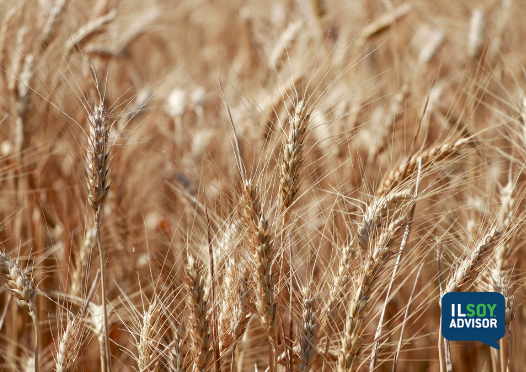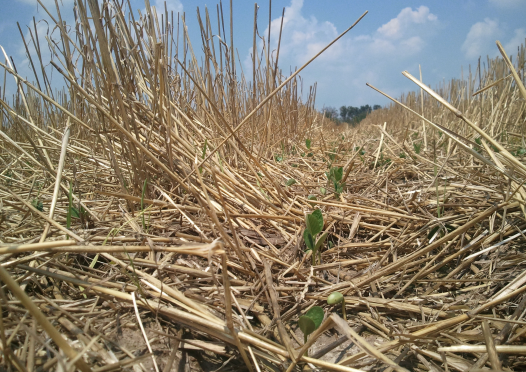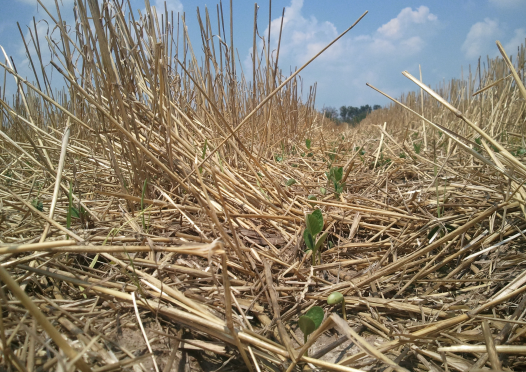ILSOYADVISOR POST
Warm Fall Weather Leads to Increase in Wheat Planting
As we approach the last week of October, most of the wheat seeding is complete in Illinois and as we count acres, wheat planting is definitely up. Looking at the historical wheat areas of Southern Illinois, I would guess acres are up 30-40% over the previous year. The combination of a moderately early harvest, dry field conditions and $6 plus wheat have all played a part in driving acres up.
While the window to plant has been very wide, conditions have been good, but not ideal, in a lot of the area. The old sayin’ goes “Plant in the dust and your bins will bust.” We are definitely going to give that adage a test with this crop. Some of the earliest planted wheat did find enough moisture to emerge; however, the later we got into the planting process the drier it has gotten. Some of the latest planted fields were going to need a rain to get them up and on Oct. 18-19 almost all of the areas got that rain.
Some of those fields that were waiting on moisture should now come up and begin to even out as we head into the late fall season. One thing to note: if your wheat was lying in the dust planted on Oct. 7 and not germinating due to lack of moisture, your effective planting date just became Oct. 18 or 19, when it finally rained. This will be an important distinction as the crop progresses into the winter.
The November weather is going to be a large factor in how this crop goes into the winter months. If we can get some 50-60 degree sunny days with nights in the 40s, the crop will continue to develop and should establish fall tillers. If we get 40-50 degree cloudy days with lows in the 30s, the crop will be very slow developing and most of the tillering will have to happen in the spring. Fall tillering is a much more efficient plant process and usually leads to higher yields with more even heading and spring growth.
As we go through the winter months, it will be important to monitor the crop’s progress and evaluate final stand counts so we can make any management tweaks in early spring that may be needed to stimulate the crop. As wheat acres have crept into less traditional wheat areas—areas that are on the borderline of being able to double crop soybeans—it is important to note that the condition/status of the crop today is not a direct indication of when the crop will harvest in the spring. A late planted crop doesn’t necessarily mean a late harvested crop.
The weather in April and May will have the final say on when harvest will happen. It is almost impossible to sit here today and determine what this crop will ultimately yield, but my guess today, based on my field observations and early stand counts, would be we have even chances of a good or very good crop. There is still a long way to go though.





Comments
Add new comment